Copyright 2013 by Christopher Byrne
Barbie, Chatty Cathy, Creepy Crawlers Thingmaker, He-Man and Masters of the Universe, Hot Wheels, Ker-Plunk, Liddle Kiddles, Little People, Magic 8 Ball, Major Matt Mason, Matchbox, Rock Em Sock Em Robots, Uno, Vac-U-Form, View-Master, Wizzzer and associated trademarks and trade dress are owned by and used under license from Mattel, Inc. 2013 Mattel, Inc. All rights reserved. Mattel makes no representation as to the authenticity of the materials contained herein. All opinions are those of the authors and not of Mattel.
All Barbie, Chatty Cathy, Creepy Crawlers Thingmaker, He-Man and Masters of the Universe, Hot Wheels, Ker-Plunk, Liddle Kiddles, Little People, Magic 8 Ball, Major Matt Mason, Matchbox, Rock Em Sock Em Robots, Uno, Vac-U-Form, View-Master, Wizzzer images and art are owned by Mattel, Inc. 2013 Mattel, Inc. All rights reserved.
All rights reserved.
Published in the United States by Three Rivers Press, an imprint of the Crown Publishing Group, a division of Random House LLC, a Penguin Random House Company, New York.
www.crownpublishing.com
Three Rivers Press and the Tugboat design are registered trademarks of Random House LLC.
Library of Congress Cataloging-in-Publication Data
Byrne, Christopher.
Toy time!: from hula hoops to he-man to hungry hungry hippos: a look back at the most-beloved toys of decades past/Christopher Byrne.
Pages cm
1. ToysHistory20th century. I. Title.
GV1218.5B96 2013
688.72dc23 2013025232
eBook ISBN: 978-0-385-34913-0
Trade Paperback ISBN: 978-0-385-34912-3
Printed in the United States of America
Book design by Lauren Dong
Photography credits appear on .
Cover design by Daniel Rembert
Cover art: Shutterstock
v3.1
 hen I was growing up, I had the coolest toys! How many times did I hear those words after I told someone I was putting together this book? Then, without fail, they would proceed to tell me I simply had to include hula hoops or He-Man or Hungry Hungry Hippos or whatever had been their favorite toy.
hen I was growing up, I had the coolest toys! How many times did I hear those words after I told someone I was putting together this book? Then, without fail, they would proceed to tell me I simply had to include hula hoops or He-Man or Hungry Hungry Hippos or whatever had been their favorite toy.
And this would happen pretty much across the board, whether I was talking to someone in their twenties, their forties, or their seventies. Sure, the toys they recalled might have differed, but the pure joy with which they recalled them was the same. Over the past decade, as the Toy Guy and content director for TimetoPlayMag.com, Ive spoken with hundreds of people about the toys they loved as children. What Ive found again and again is that nothing makes a face light up quite like the memory of a favorite toy. Because its through these playthingssome now old and battered and shoved in closets, others preserved in museums, and yet others commanding astronomical prices from collectorsthat we summon up our most cherished memories. Toys have a totemic power on people, and revisiting and reflecting on them consistently touches the deep, emotional connection we have to our childhoods. They remind us of Christmases and birthdays, carefree summers, weekends spent idly playing, and all the other simple and innocent joys of being young. To look back at the toys we played with as children is to take a trip back in time.
So let me ask you this: What were your favorite toys? And how often have you found a common bond with other people of your generationjust based on the toys you played with as a child? Were you a Hot Wheels kid? A Matchbox man? Did you prefer My Little Pony to Care Bears? Idolize G.I. Joe or Major Matt Mason? No matter where and when they grew up, virtually everyone has some memory of a toy that starts a cascade of reminiscences and forges an immediate bond with others who shared those experiences. The toys we grew up with are part of our fabric, inextricably woven into both our memories and our collective identities as a generation.
But while the love of toys knows no boundaries, if you were a kid between the early 1960s and the 80s, you grew up during the golden age of toys. The postWorld War II years saw an explosion of creativity that amused and delighted a generation of toy buyers.
As the culture shifted from agrarian to industrial to information based, children in the postwar era were afforded the luxury of being children longer and postponing adult responsibilities. Plus, after the war, plastics manufacturers were left with surplus material to put to peacetime uses, including the production of toys. Metal fabrication plants that had been cranking out munitions began to make swing sets, bicycles, scooters, and wagons. Thanks to wartime advances in manufacturing, toys were bigger, brighter, and more entertaining than ever. Better yet, the rising middle class now had the means to afford them.
And then there was television, of course. As the TV became a standard appliance in every home, the cultural experience was homogenized. Kids watched all the same showsand all the same commercialsand thus they clamored for all the same toys. This made it much easier for toy makers to hit on an idea, advertise the heck out of it, and sell as many as they could roll off the production lines.
But even as toys got fancier and flashier, it was never really so much about the toy as it was about the play. No matter how well the toys were designed, or how many fancy plastics or metals or computer chips they contained, the most beloved toys were always those that inspired an individual childs imagination. At the end of the day, the ability to spark the imagination will always be what sets apart the best toysthe ones that make the best memories.
This book is a celebration of toys and a window back on our memories. But given the hundreds of thousands of toys that have been produced over the years, how could anyone effectively curate a collection? After all, most everyone has a specific toy that tugs at their individual heartstrings, whether it was one they longed for and didnt get, or one they found wrapped and waiting for them on a holiday morning or on a birthday. So how did I go about selecting what I believe to be a shared pantheon of universally beloved toys?
Well, my team at TimetoPlayMag.com polled social media, reached out to our community, and simply asked people what toys they had loved most. This is in addition to the ongoing conversations my colleagues and I have all the time. Everyone loves to talk about their favorite toys. When it comes to play, it turns out, were a lot more similar than we are divided. Much to my surprise, I found that across the generations, whether male or female and hailing from Connecticut to California and everywhere in between, we all cherish many of the same toys. Truly classic toys, I soon realized, are the threads that knit us all together: the shared cultural fabric that transcends everythingrace, class, gender, and even time.



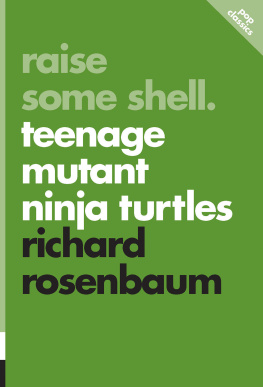
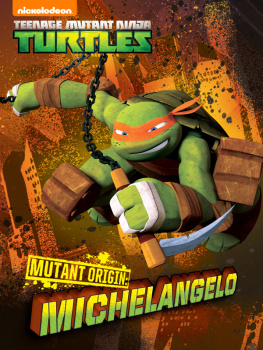
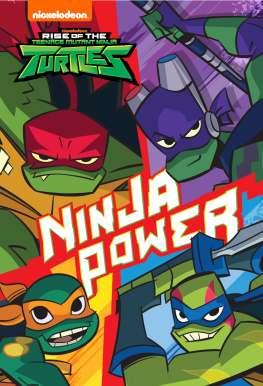

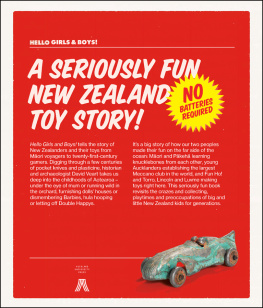

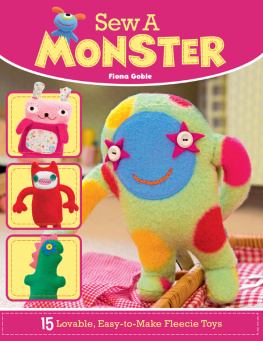
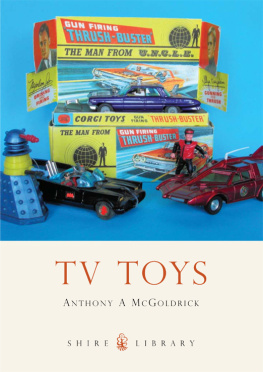

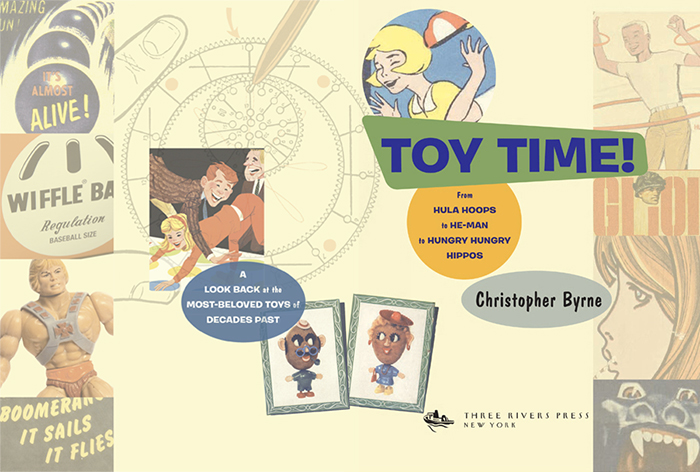
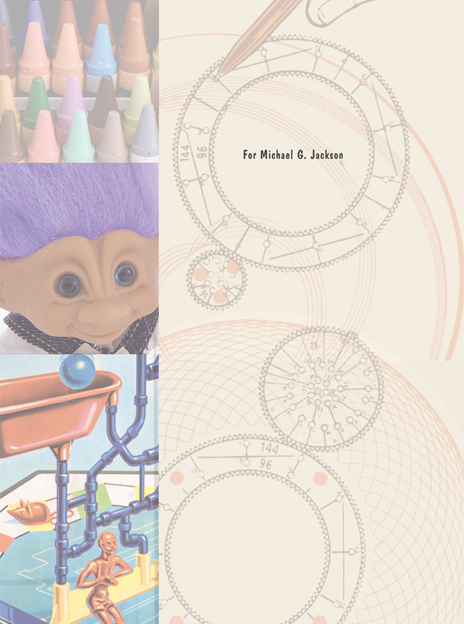


 hen I was growing up, I had the coolest toys! How many times did I hear those words after I told someone I was putting together this book? Then, without fail, they would proceed to tell me I simply had to include hula hoops or He-Man or Hungry Hungry Hippos or whatever had been their favorite toy.
hen I was growing up, I had the coolest toys! How many times did I hear those words after I told someone I was putting together this book? Then, without fail, they would proceed to tell me I simply had to include hula hoops or He-Man or Hungry Hungry Hippos or whatever had been their favorite toy.